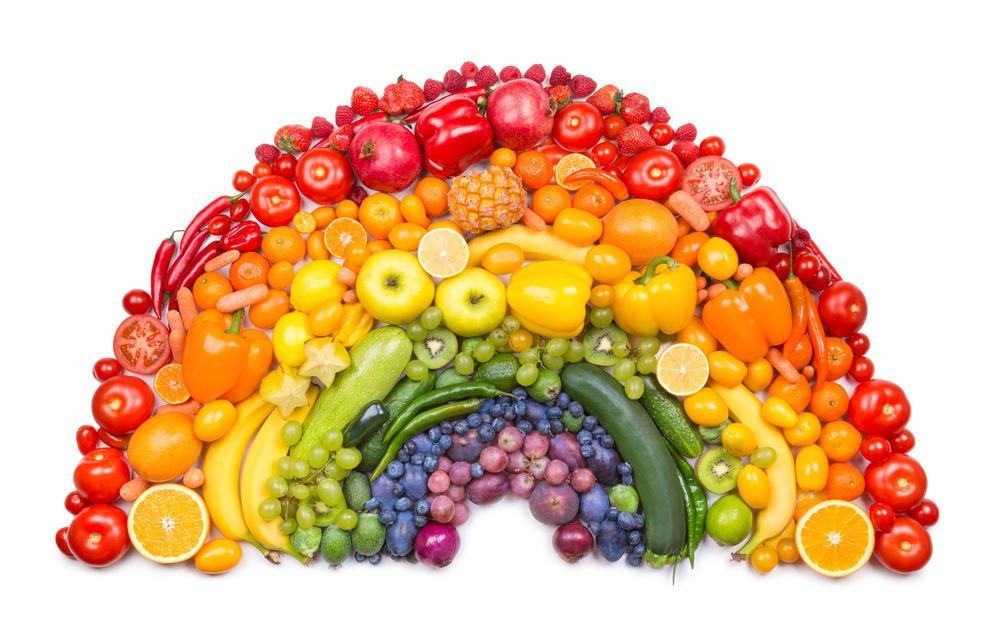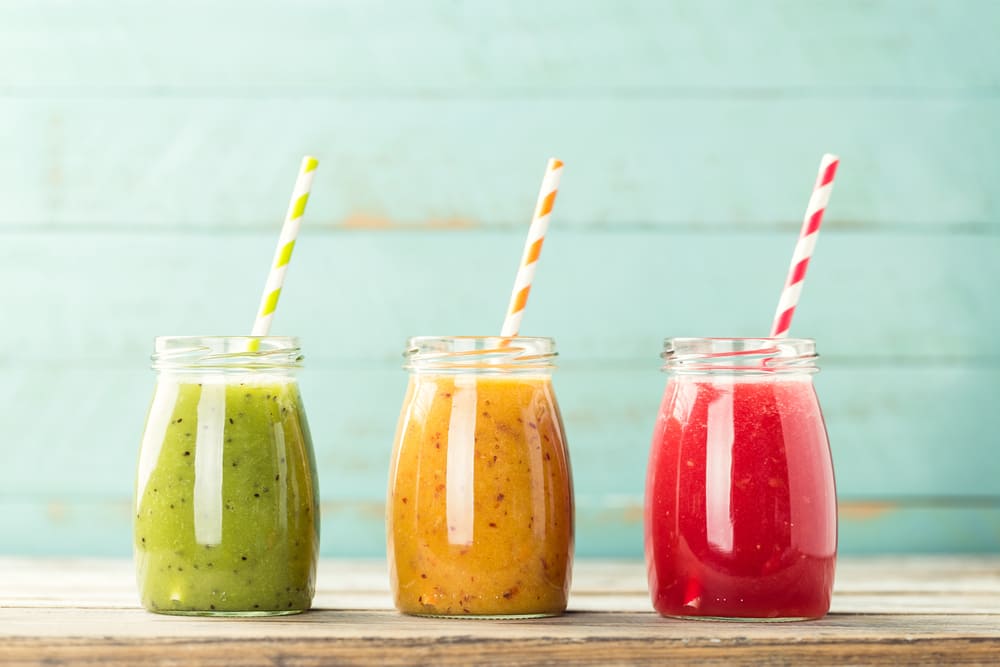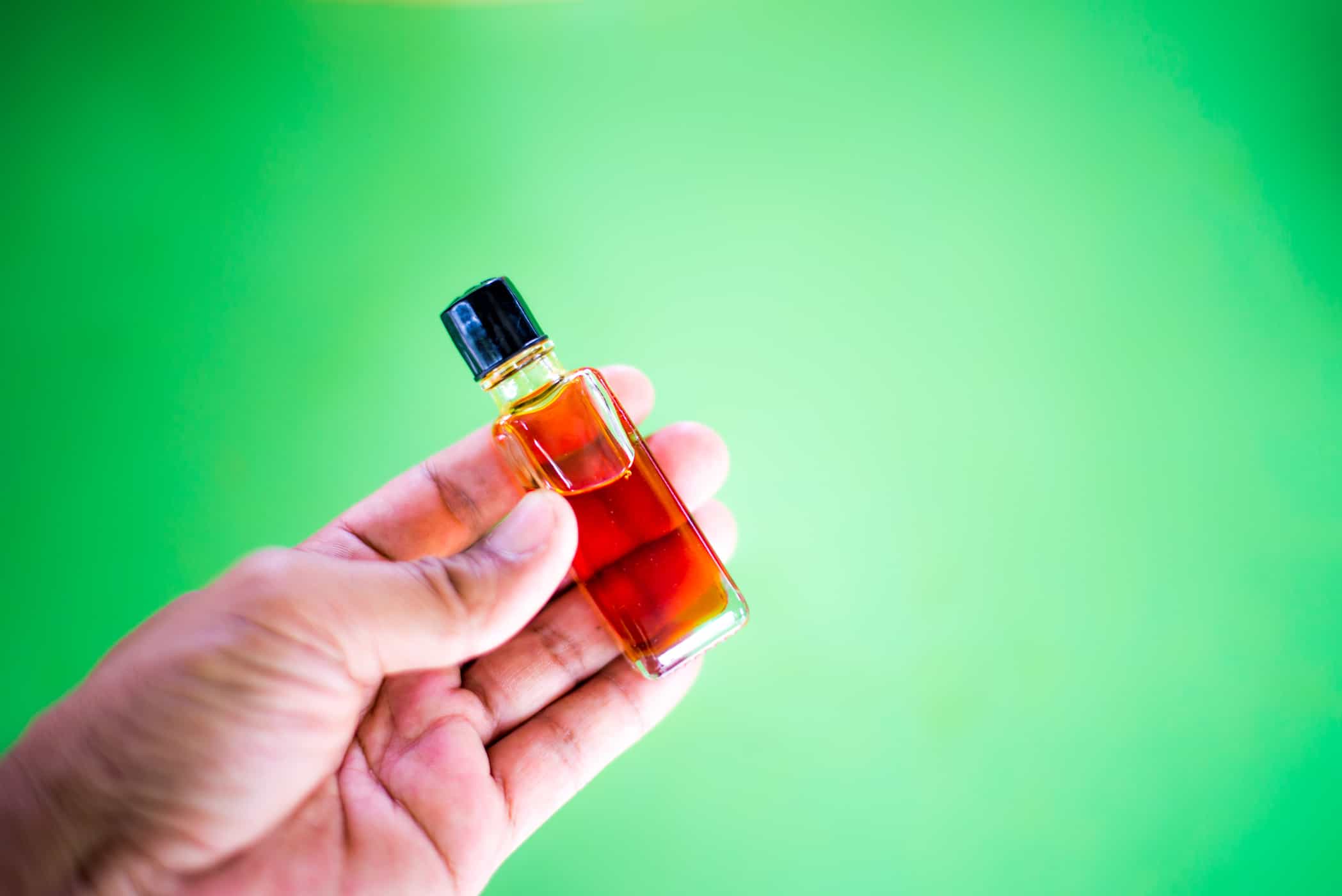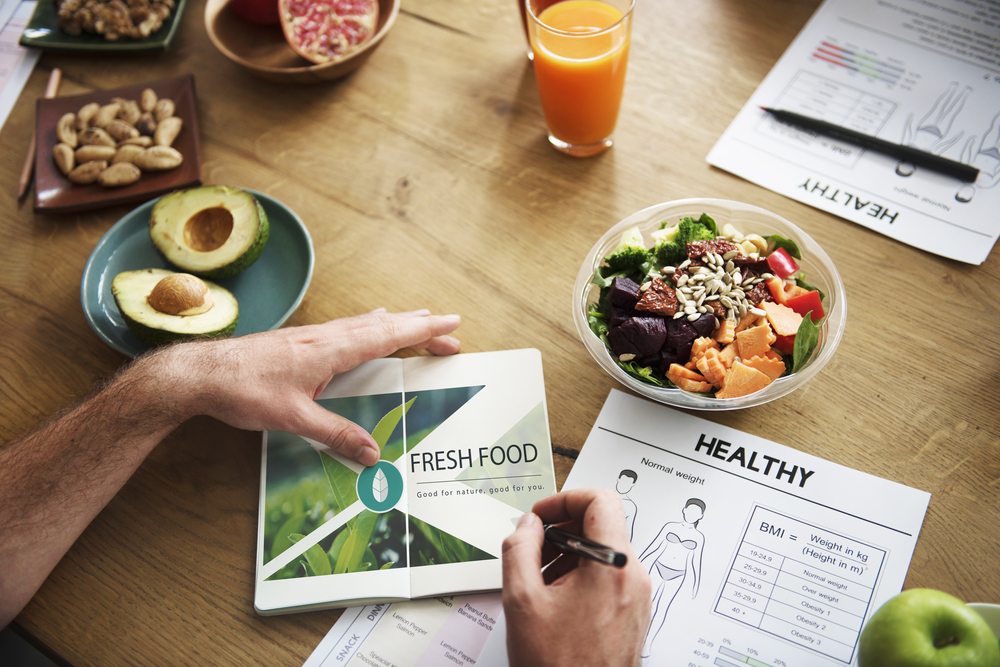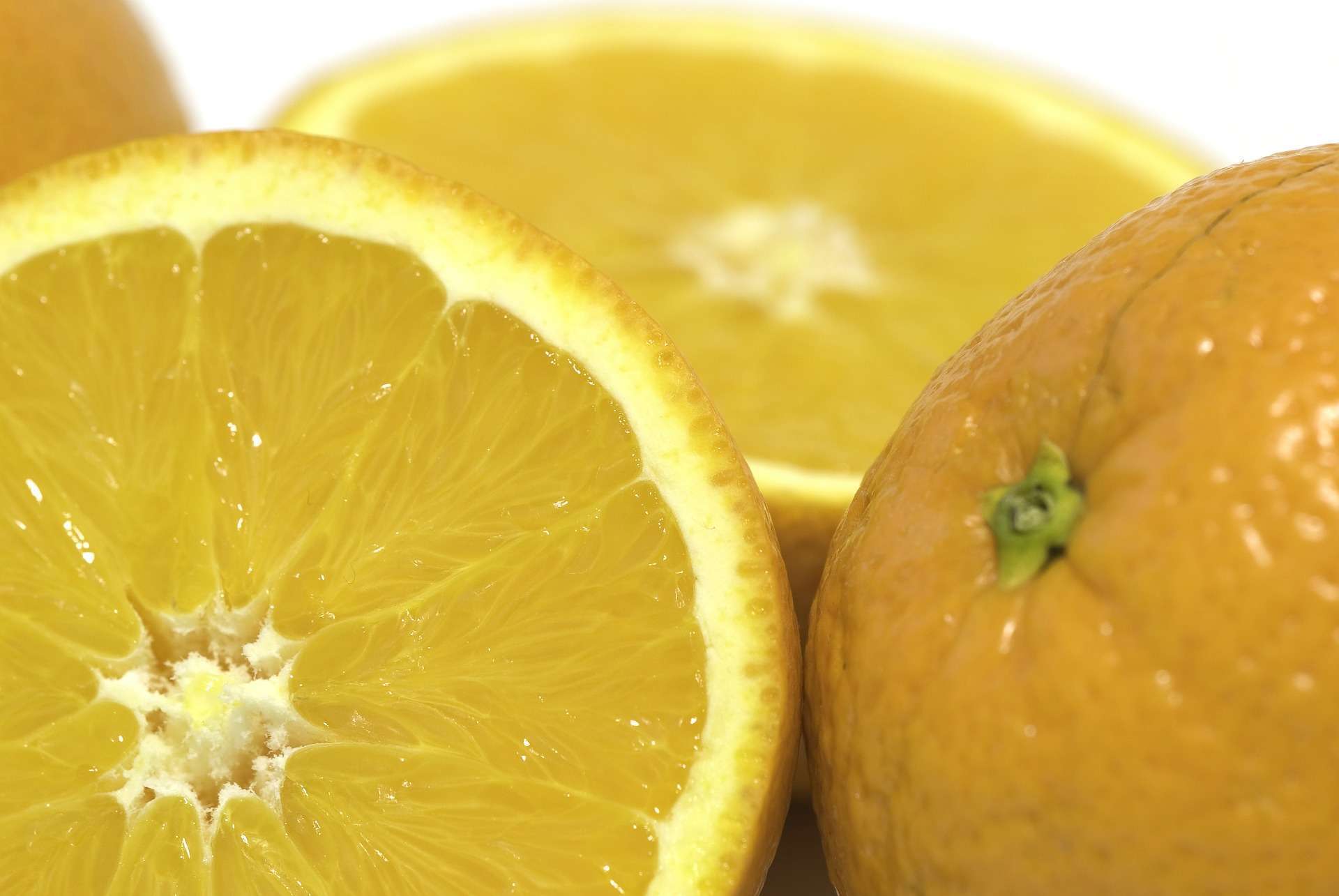Contents:
- Medical Video: Learn Names & Colors of Fruits & Vegetables - Velcro toys Animation for Kids
- Carotenoids
- Flavonoids
- Glucosinolates
- Betalain
Medical Video: Learn Names & Colors of Fruits & Vegetables - Velcro toys Animation for Kids
The color of food is not just for decoration. Phytonutrients, or often also called phytochemicals, are components that are responsible for giving the color, taste, and aroma of a type of food. Phytonutrients come from Greek, phyto means plants. Phytonutrients are only found in foods derived from plants, especially vegetables, fruits, nuts, and tea.
Unlike carbohydrates, proteins, fats, vitamins and minerals, phytonutrients are actually not essential nutrients needed by the body. Even so, phytonutrients can help reduce the risk of disease and help the body work optimally. More than 25,000 phytonutrients are found in food. You are advised to consume a variety of foods, especially fruits that have a variety of colors, to benefit from each of the phytonutrients in these foods. Broadly speaking, phytonutrients can help prevent disease by:
- Serves as an antioxidant
- Maximizing the work of the immune system
- Helps meet the needs of vitamins (especially vitamin A)
- Triggers cancer cell death,
- Improve the structure of DNA damaged by free radicals
- Detoxifies carcinogens from the body
Here are some types of phytonutrients that you need to know.
Carotenoids
There are more than 600 types of phytonutrients included in carotenoids. The majority of carotenoids give yellow, orange, and red to fruit vegetables. Carotenoid phytonutrients act as antioxidants in your body. Antioxidants function to counteract the effects of free radicals which can usually damage cells and body tissues causing disease. The type of carotenoid you know best is probably beta carotene, much of it in carrots and good for eye health. But not only beta carotene, other types of carotenoids such as alpha carotene and beta-cryptoxanthin also helps meet your vitamin A needs.
Alpha carotene, beta carotene, and beta-cryptoxanthin is a type of carotenoid which is classified as a precursor of vitamin A, which means that when it enters the body it can then be converted into vitamin A. Vitamin A helps the immune system work and certainly helps maintain the health of your eyes. Carrots, pumpkins, papaya are several types of vegetables that are rich in beta carotene and alpha carotene.
Another type of carotenoid is lycopene. There are many in watermelons and tomatoes, this phytonutrient gives red color to vegetables and fruit. Lycopene is antioxidant and can protect you from the risk of heart disease and prostate cancer.
Lutein and zeaxanthin are also part of the carotenoid type. Although more is found in green vegetables (such as kale and spinach), eggs, and types of citrus fruits (oranges, lemons) these two types of carotenoids can protect you from eye diseases such as cataracts for example, because lutein and zeaxanthin can absorb bluish light that get into the eye and are harmful to the eyes.
Flavonoids
Can be found in a variety of types of food derived from plants, flavonoids usually do not provide color pigments. It functions as an antioxidant and maintains your overall health. Some types of flavonoids are:
- Catechins: commonly found in green tea, catechins in tea have a component called EGCg and is one of the strongest types of antioxidants that can inhibit the adverse effects of free radicals.
- Hesperidin: found in citrus fruits, this type of phytonutrient works by reducing inflammation in the body so that it can inhibit degenerative diseases.
- Flavanols: many are found in apples, kale, onions, and chocolate, flavanols can help reduce the risk of asthma and coronary heart disease.
Glucosinolates
Found in many types of cruciferous vegetables (cabbage, kale, broccoli), this type of phytonutrients is most often associated with cancer prevention. Giving color and aroma that is unique to vegetables, glucosinolates work by activating enzymes that function to detoxify carcinogens (compounds that can cause cancer) from the body.
When cells in plants are injured (either because they are cooked or chewed), an enzyme called myrosinase will break down glucosinolates into isothiocynates. This compound serves to counteract the effects of carcinogenic compounds in the body by reducing the level of malignancy and detoxifying the carcinogenic compounds. Recently, a study showed that isothiocynates showed anti-tumor properties by inhibiting tumor cells from multiplying.
Betalain
There are two types of betalain, betaxanthin and betacyanin. Betalain plays a role in giving yellow to purplish red. As the name implies, many betalain (especially betacyanin) are found in beets. This type of phytonutrient is antioxidant, anti-inflammatory, and helps the detoxification process in the body. Based on the results of the study, the pigments found in beets can reduce tumor cell growth. The types of tumor cells studied were colon tumors, abdominal tumors, lung tumors, breast tumors, and prostate tumors.
READ ALSO:
- 10 Tips for Adding Vegetables to Your Daily Food
- The Best and Worst Time to Eat Fruit and Vegetables
- Good Nutrition in Fruits and Vegetables

